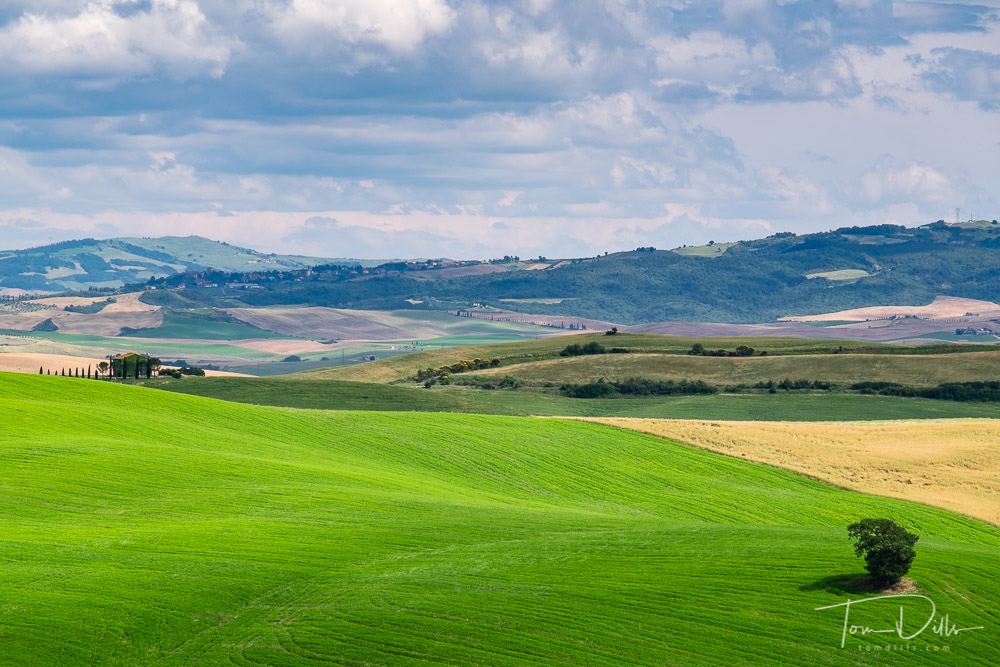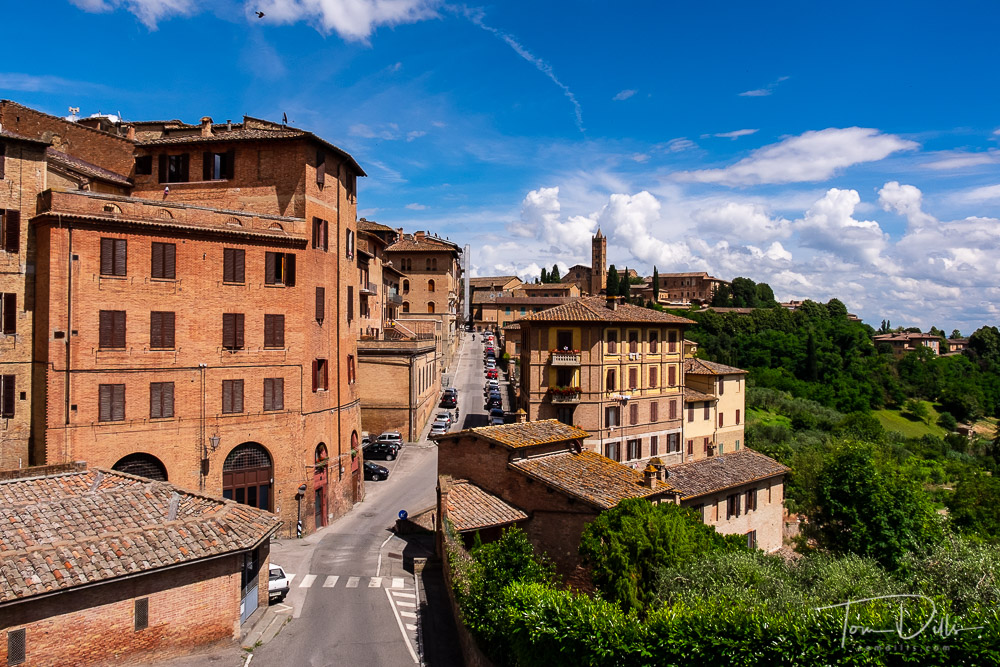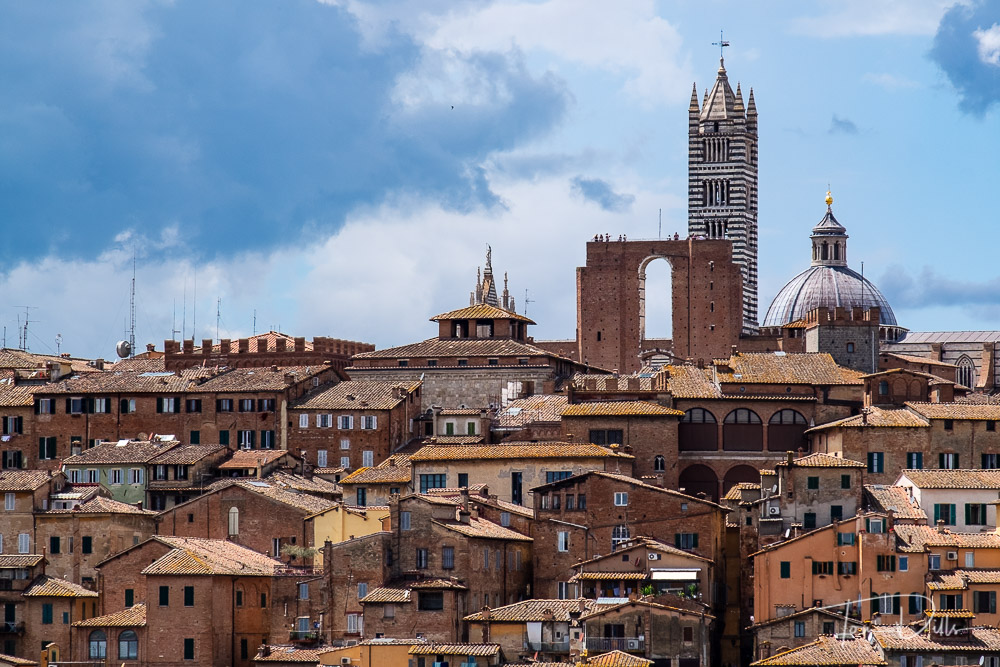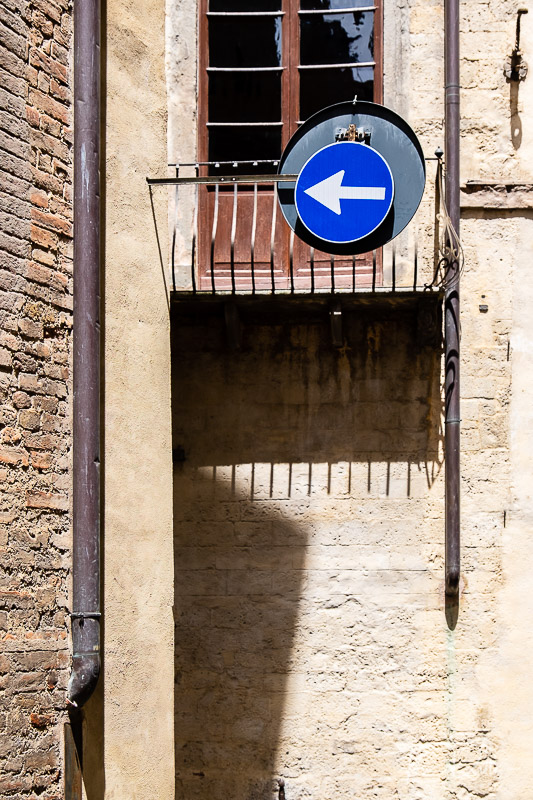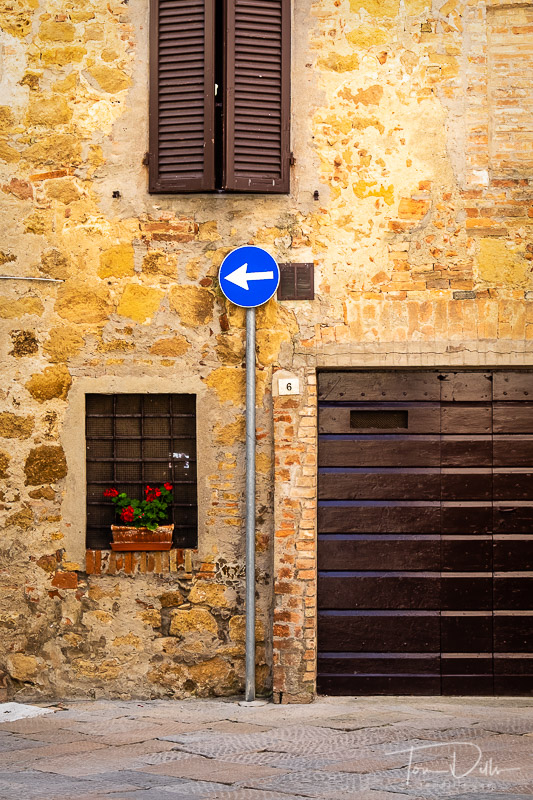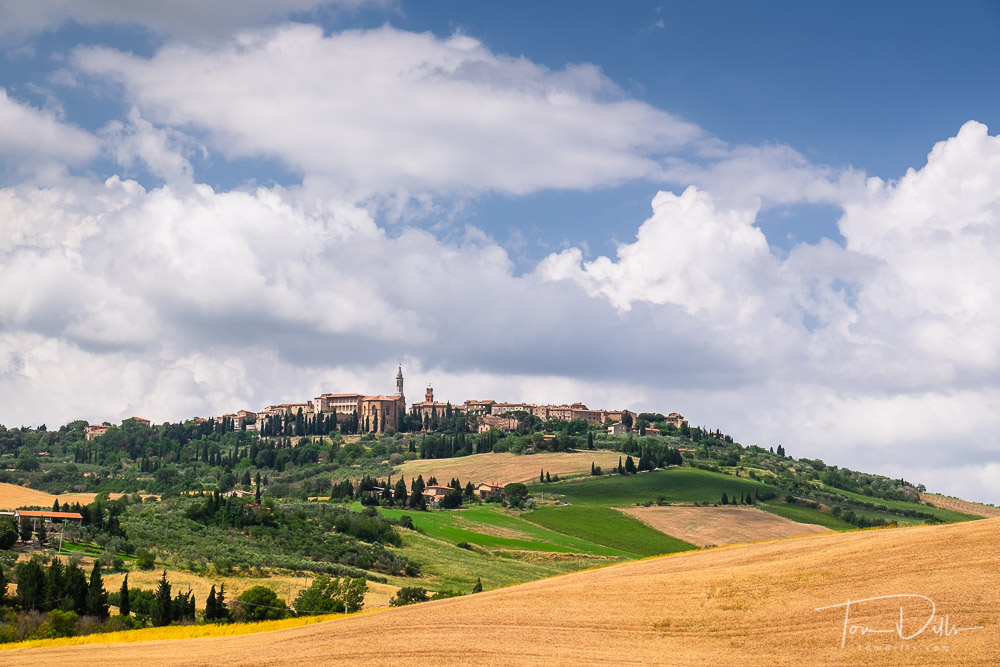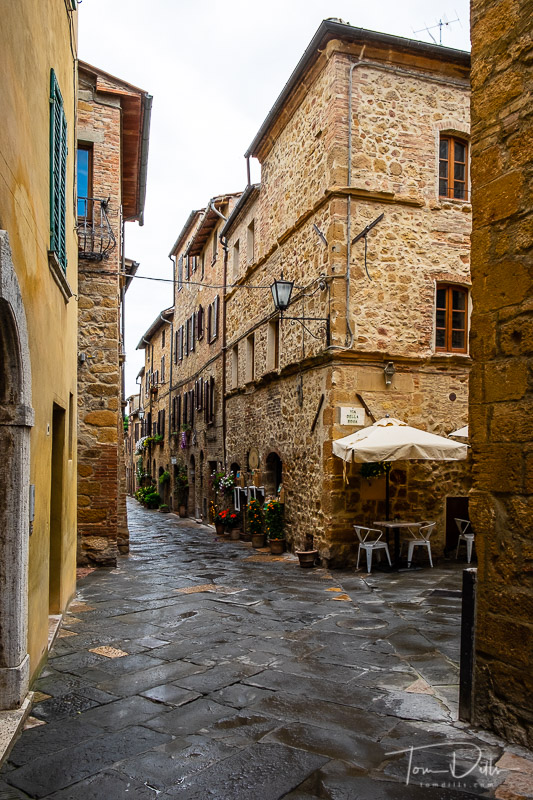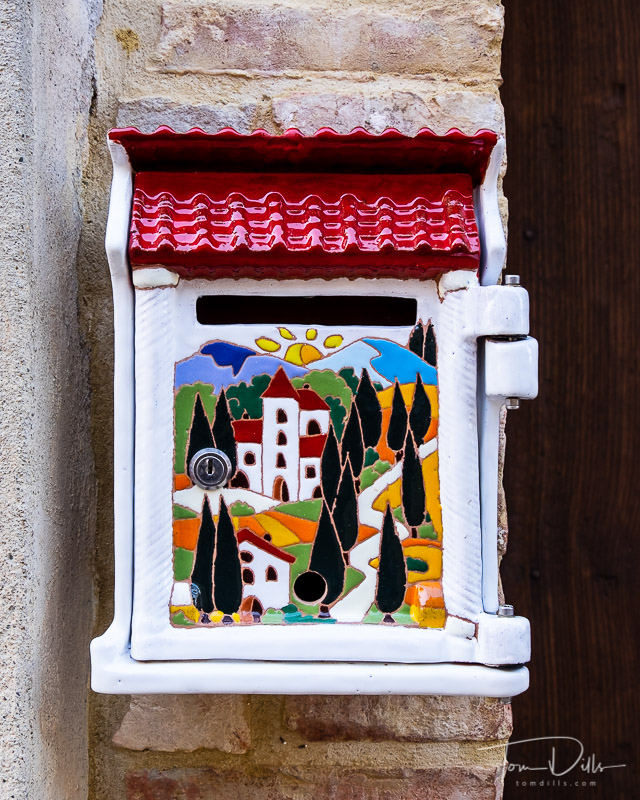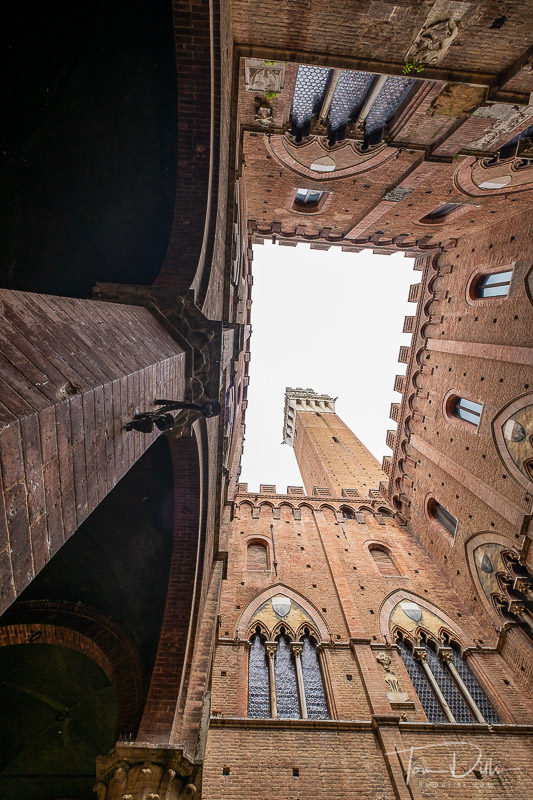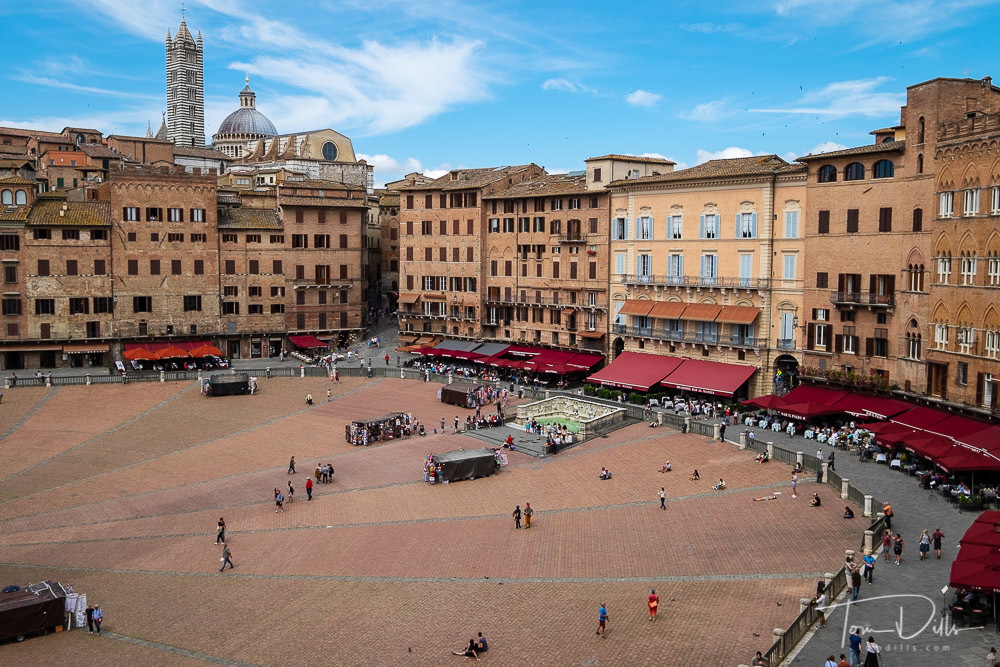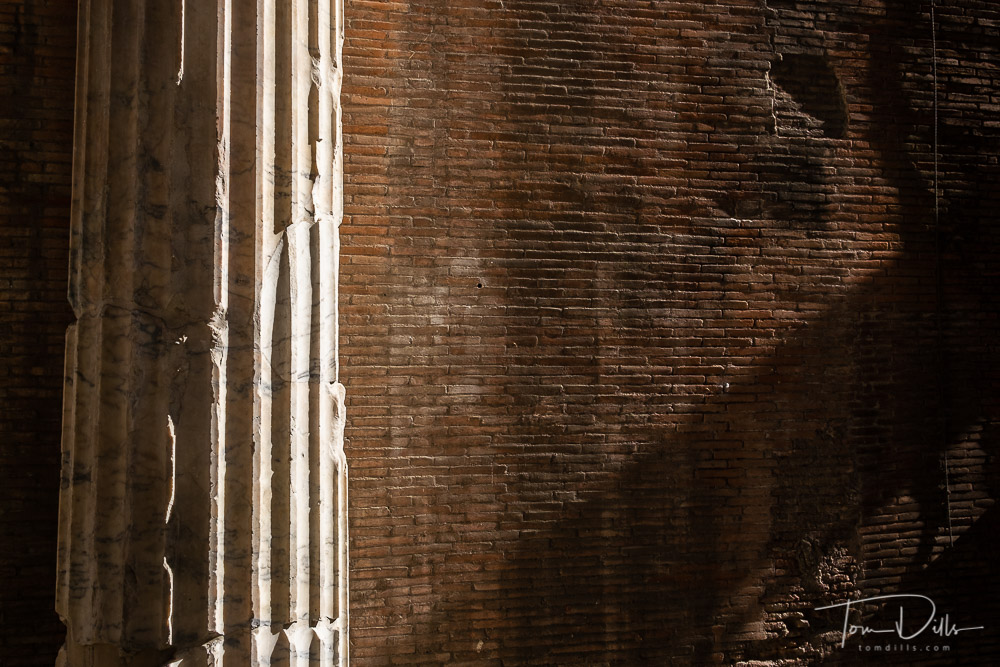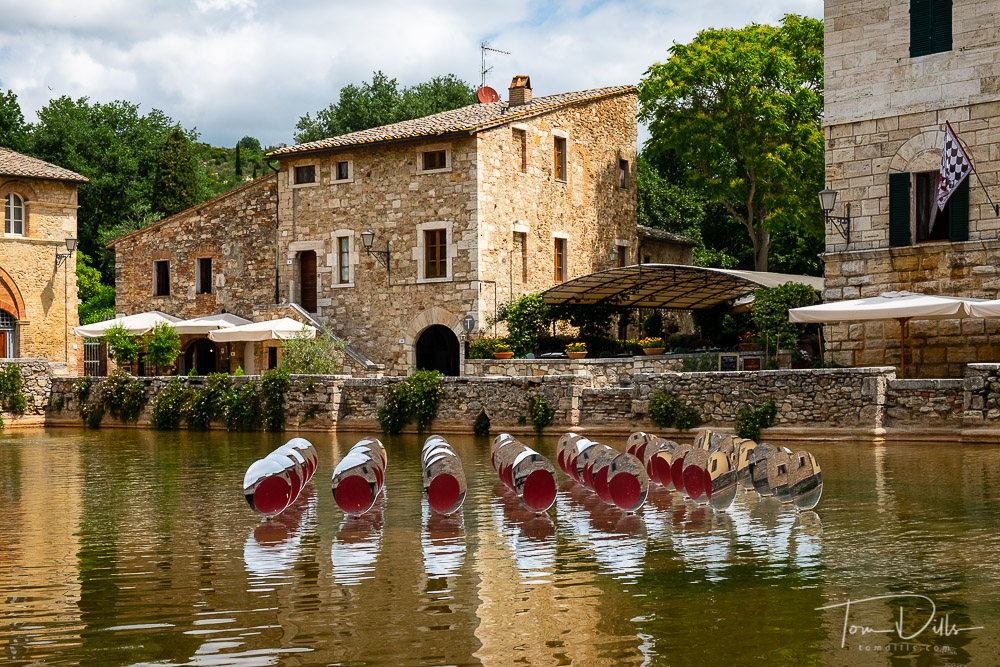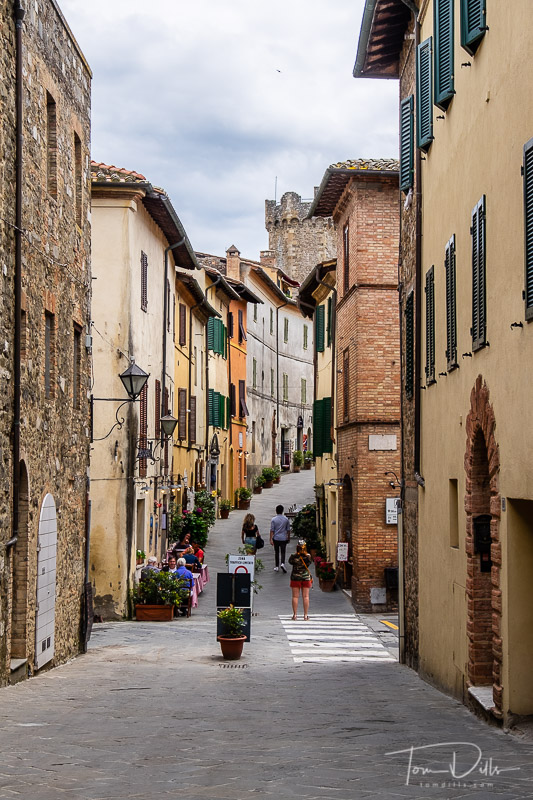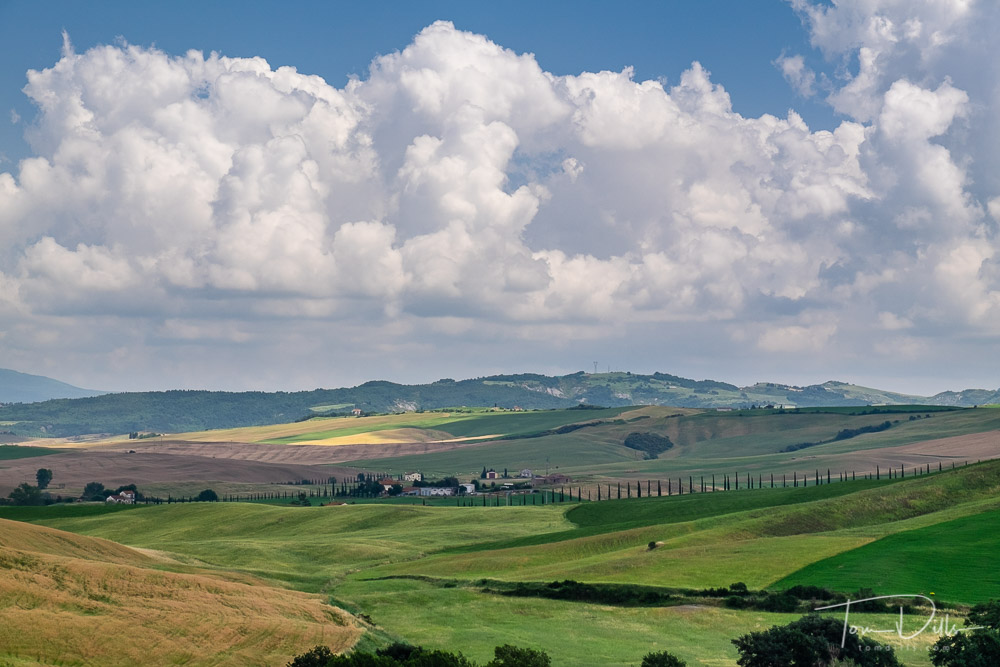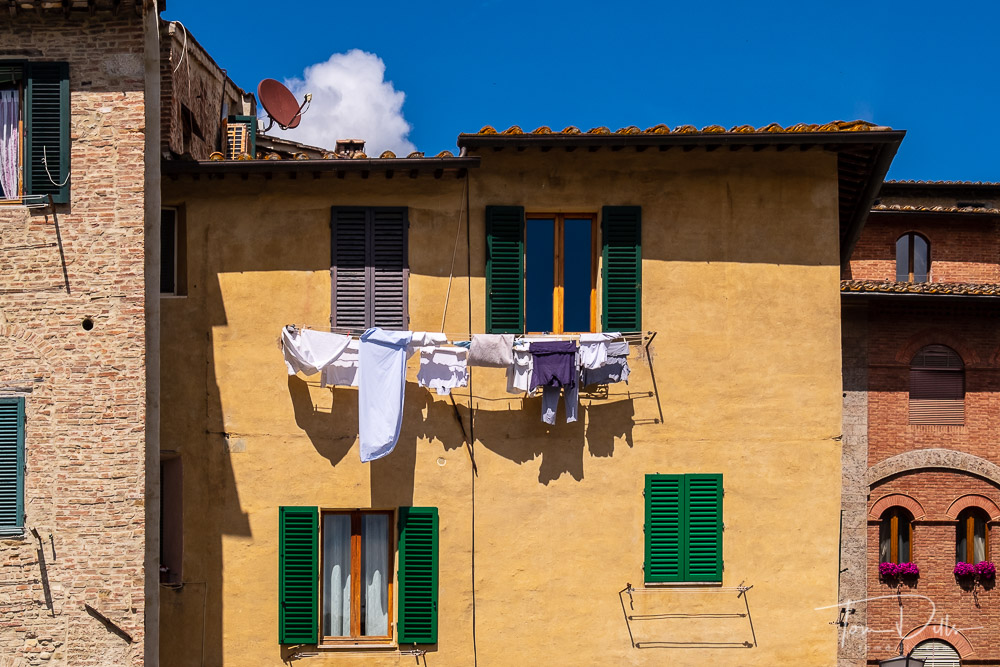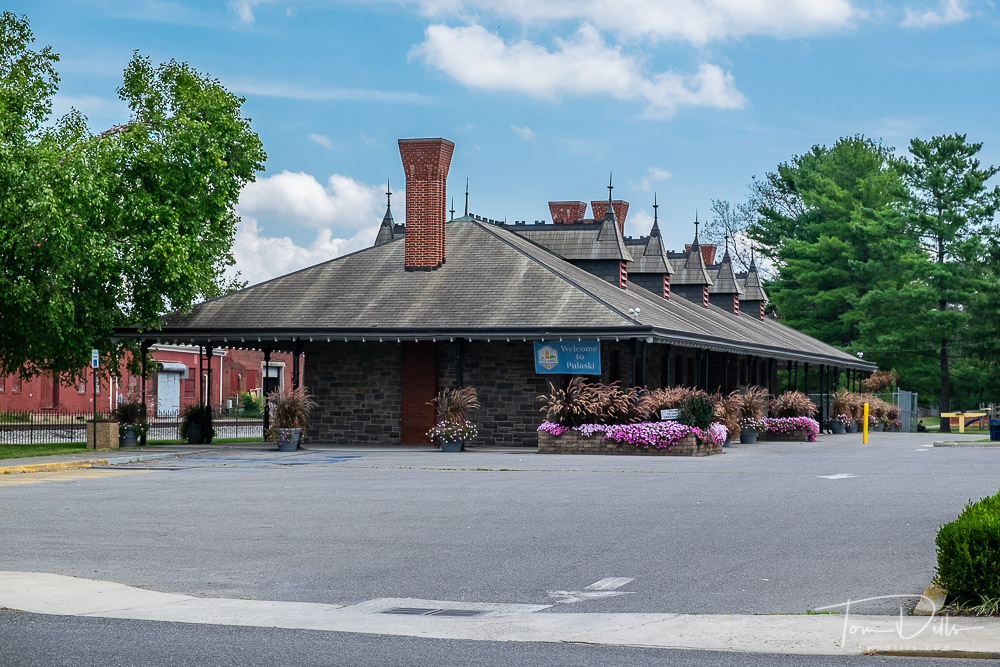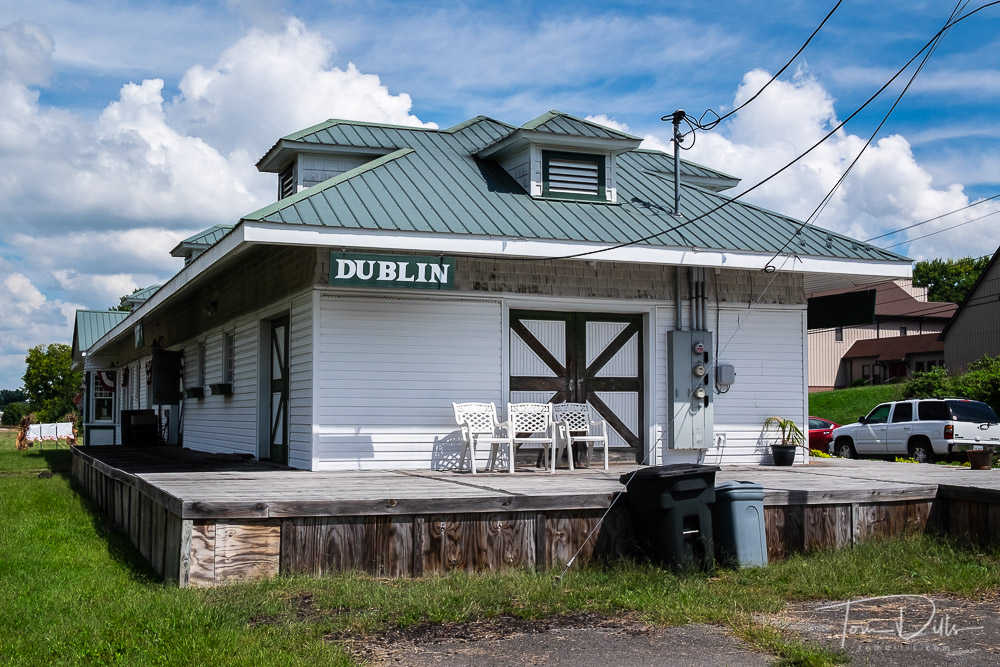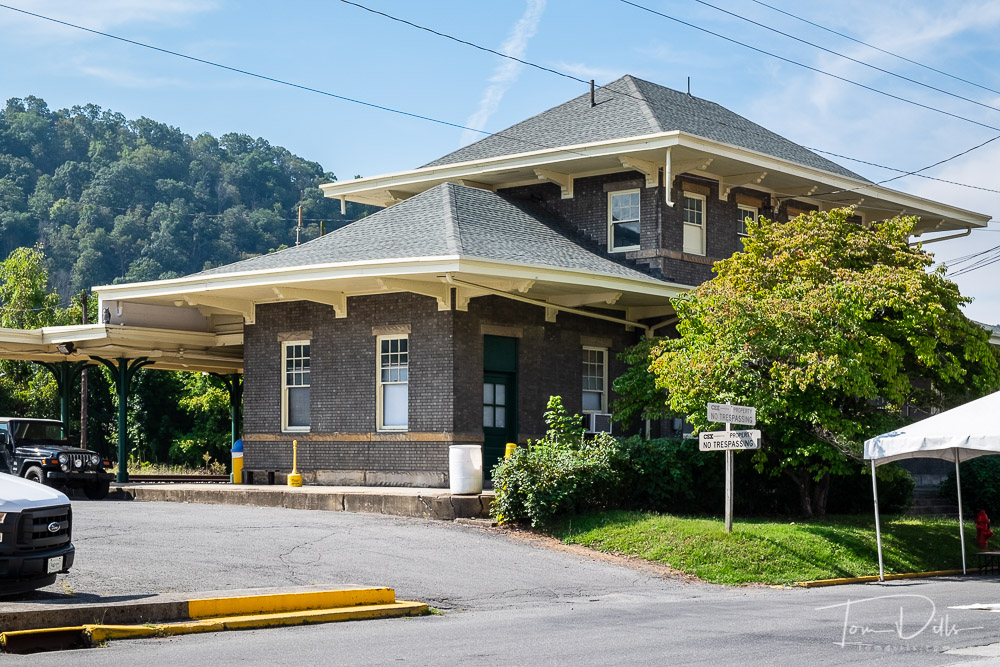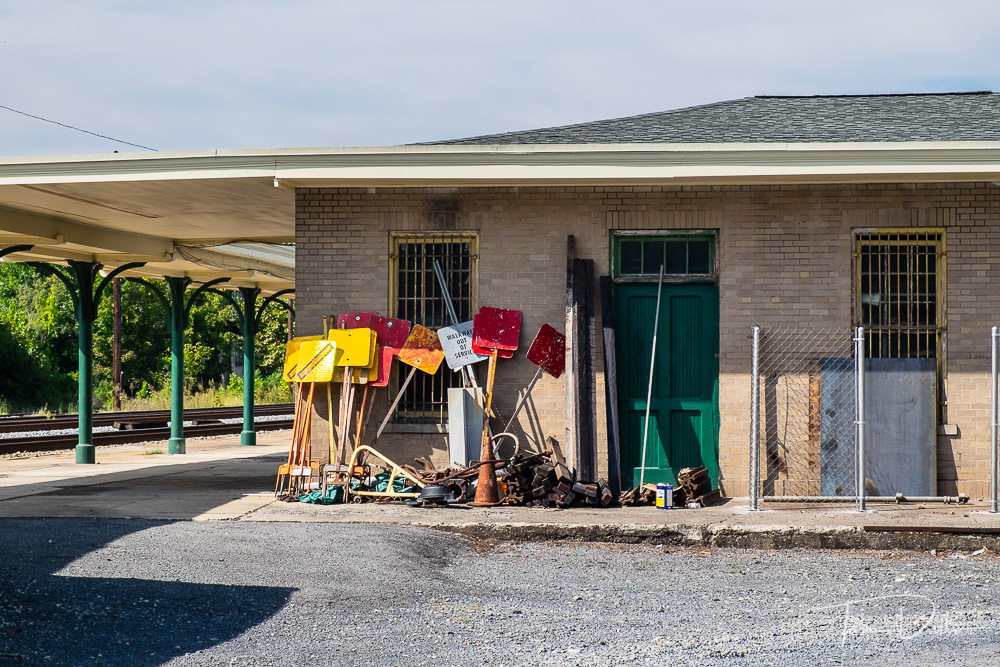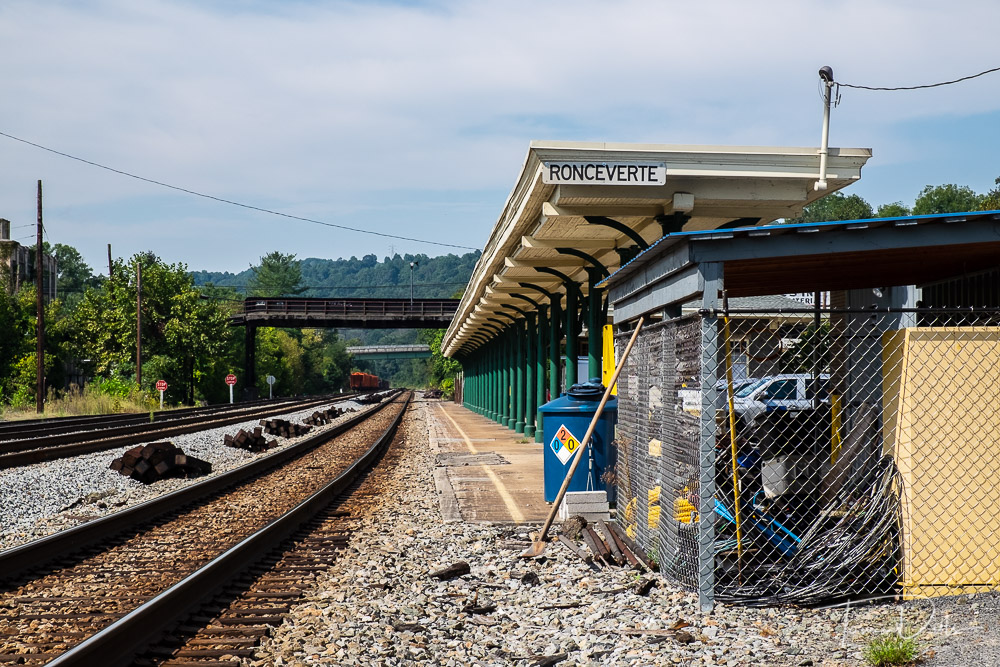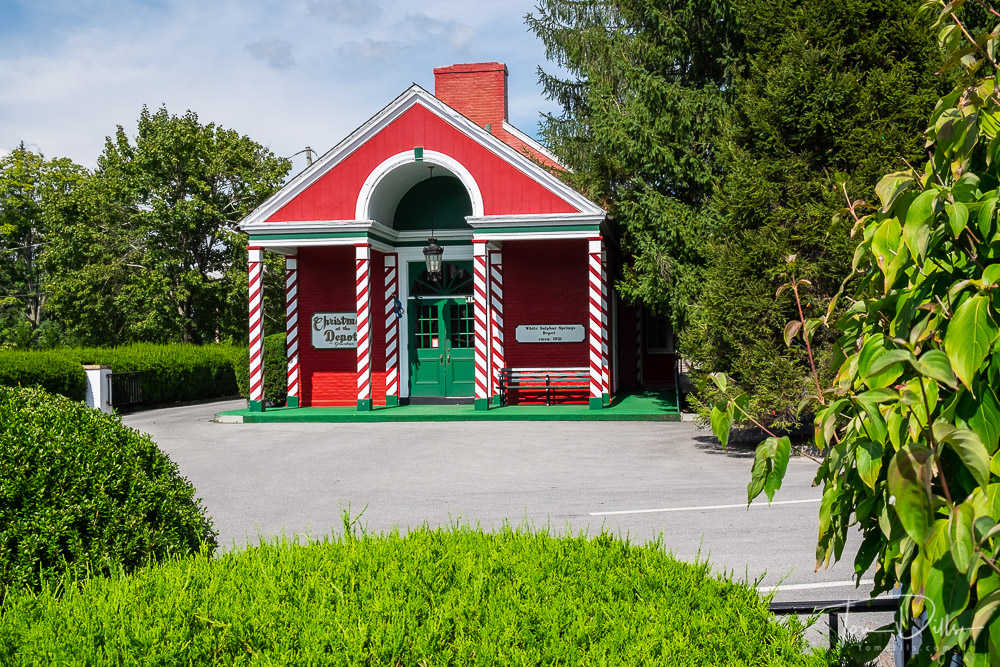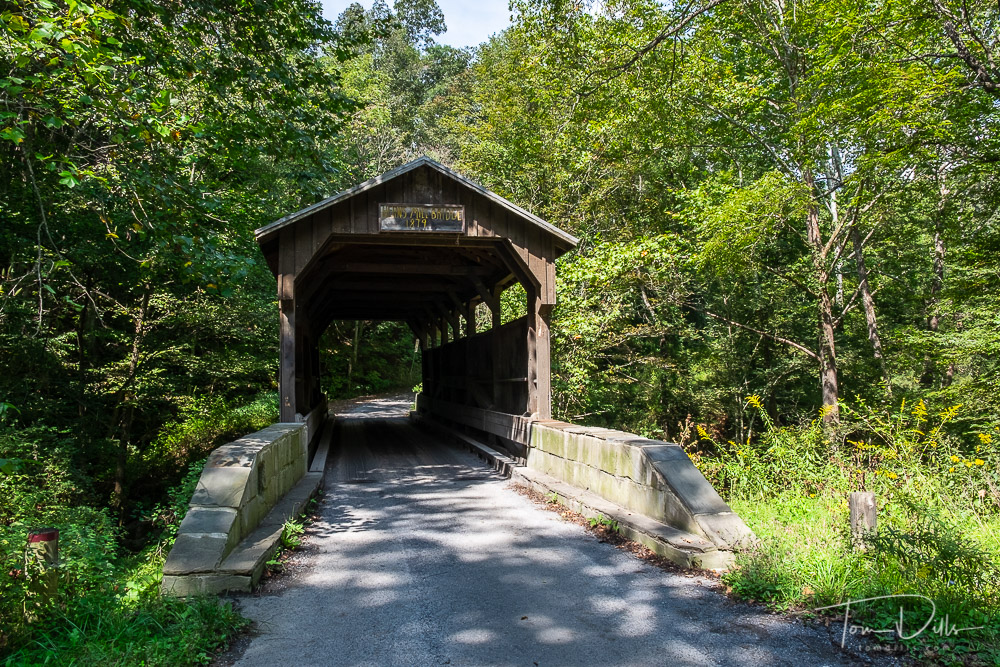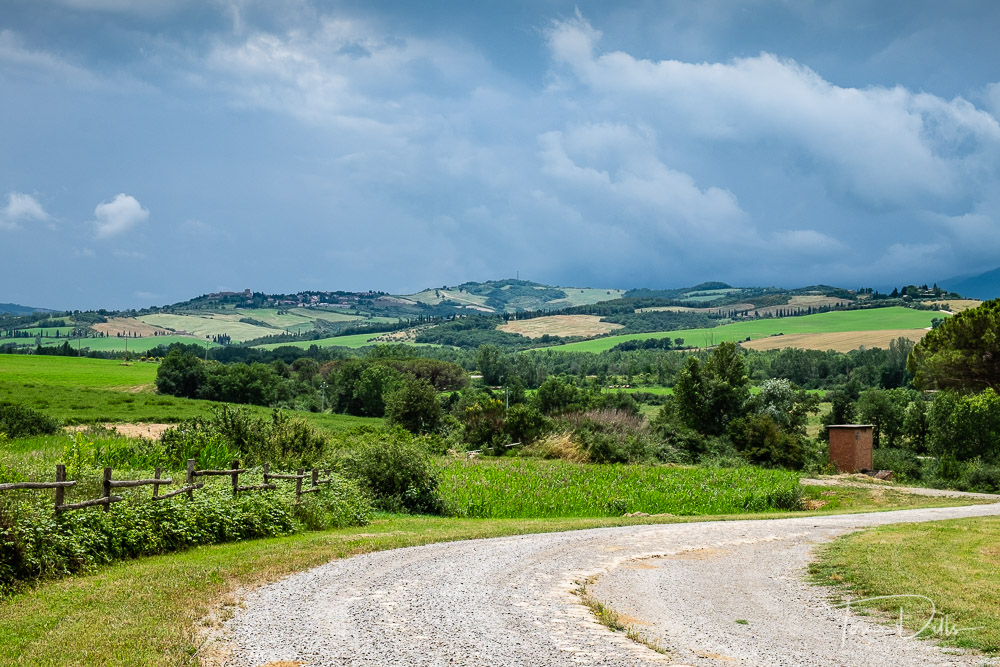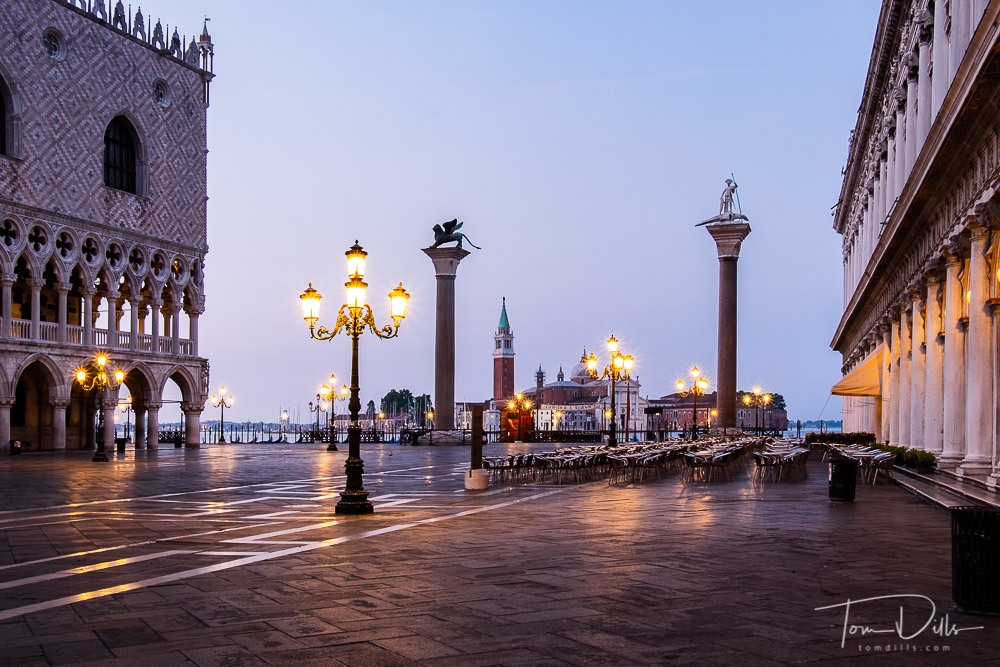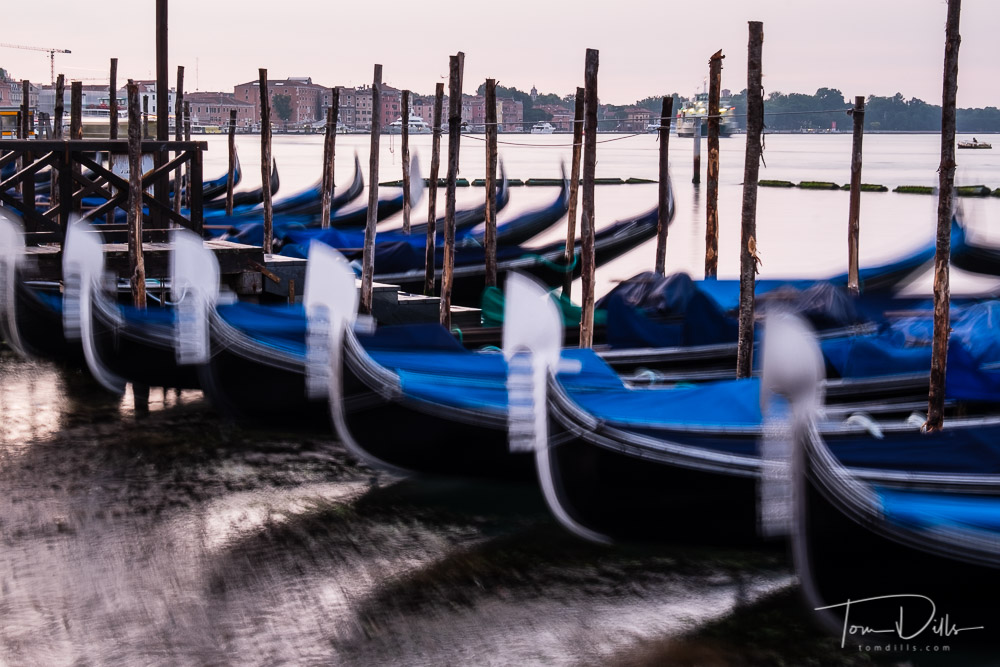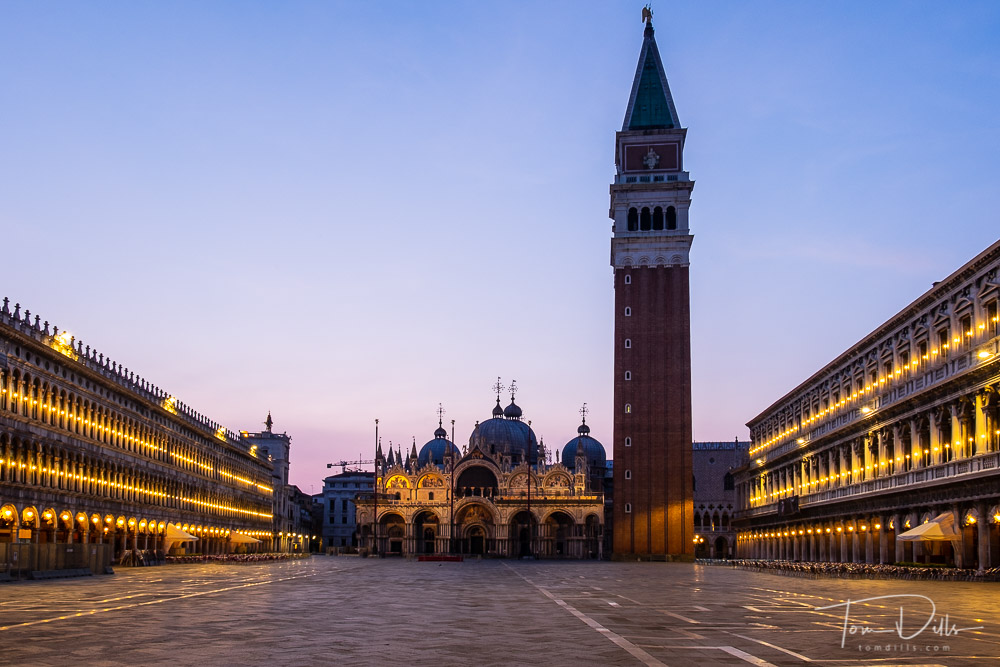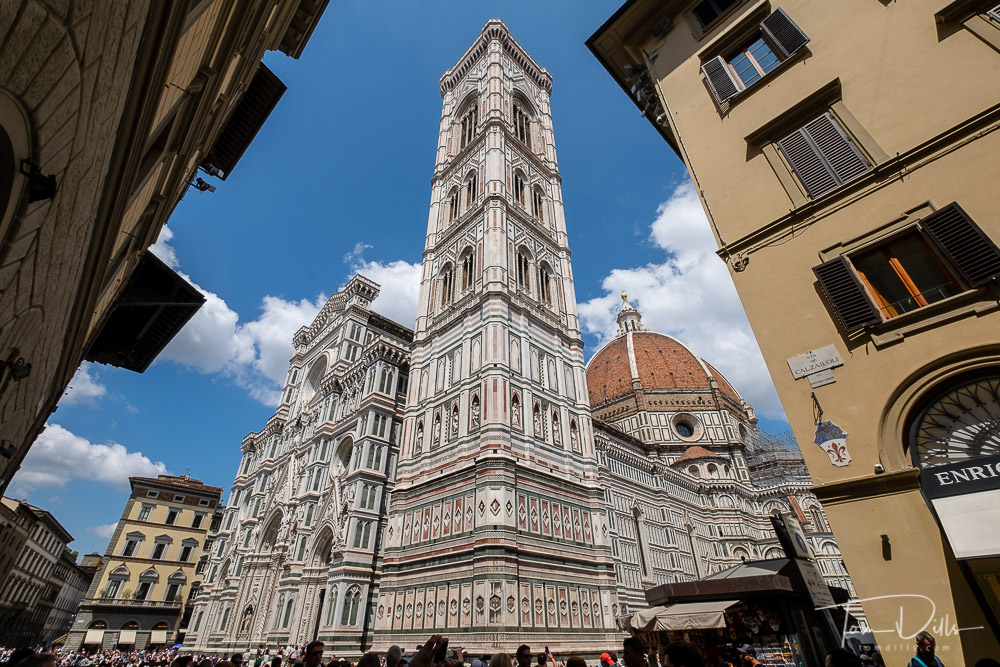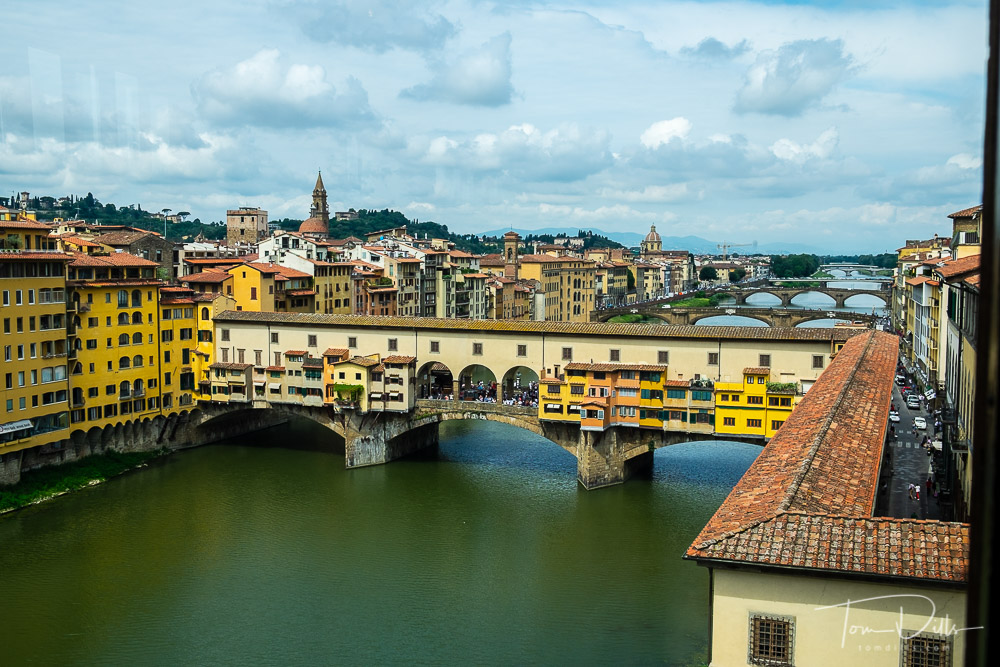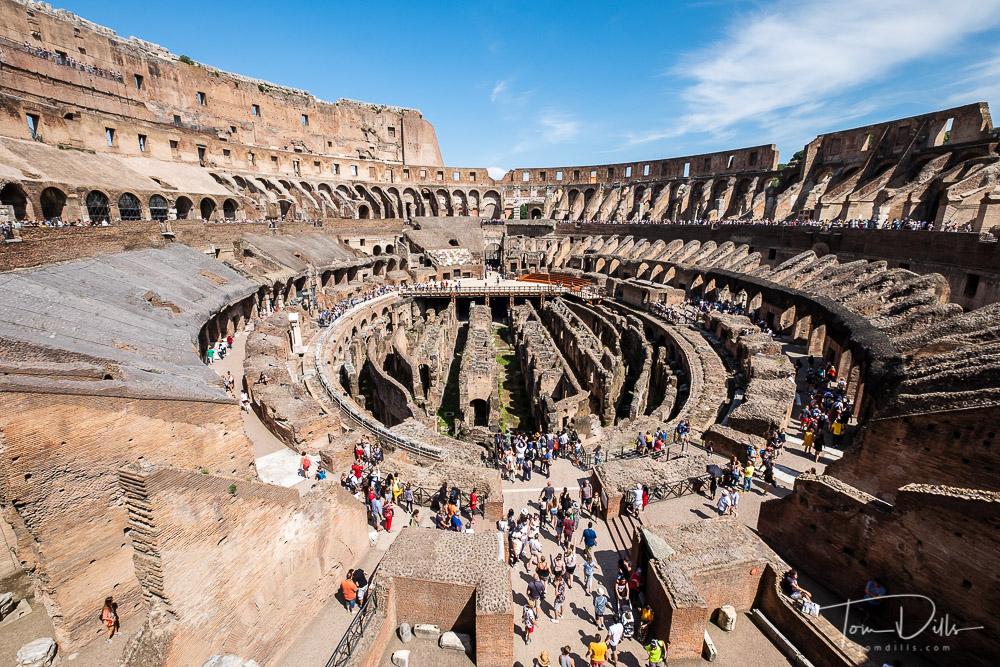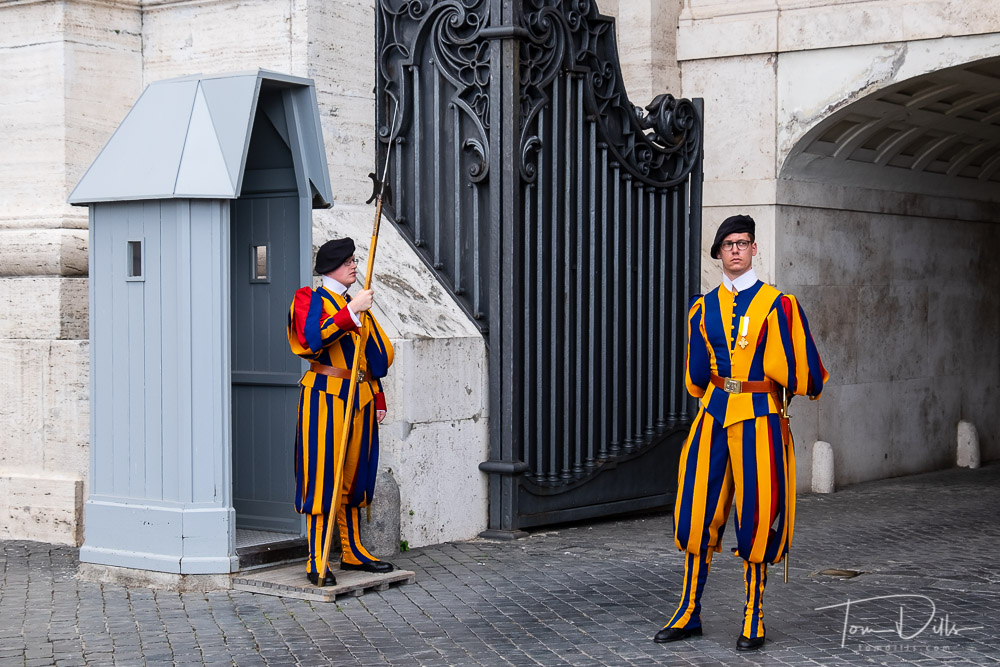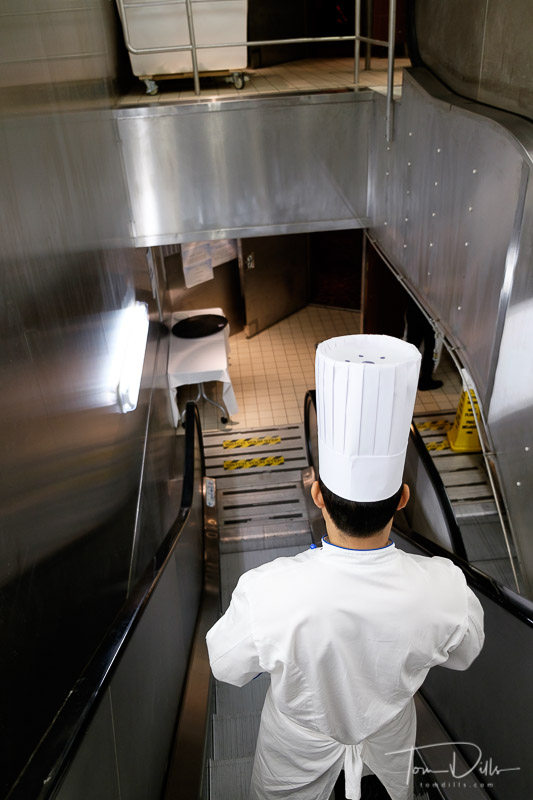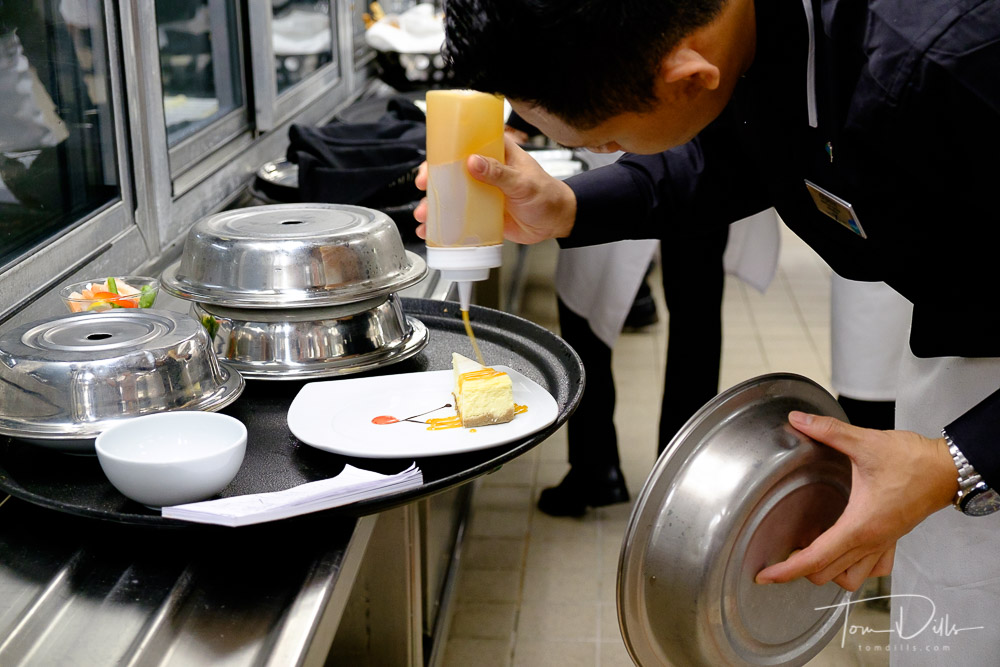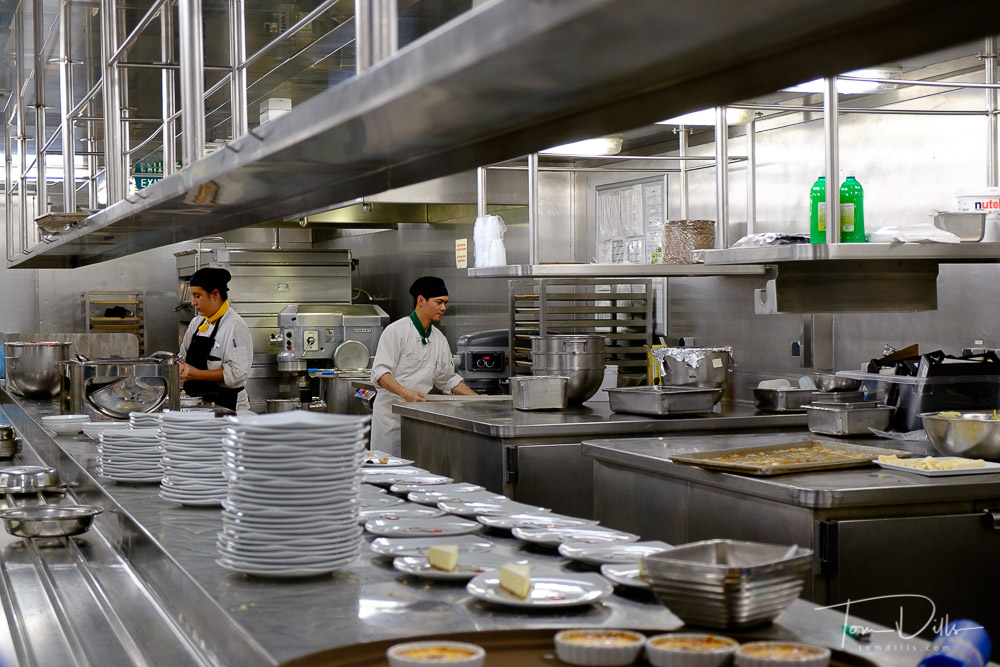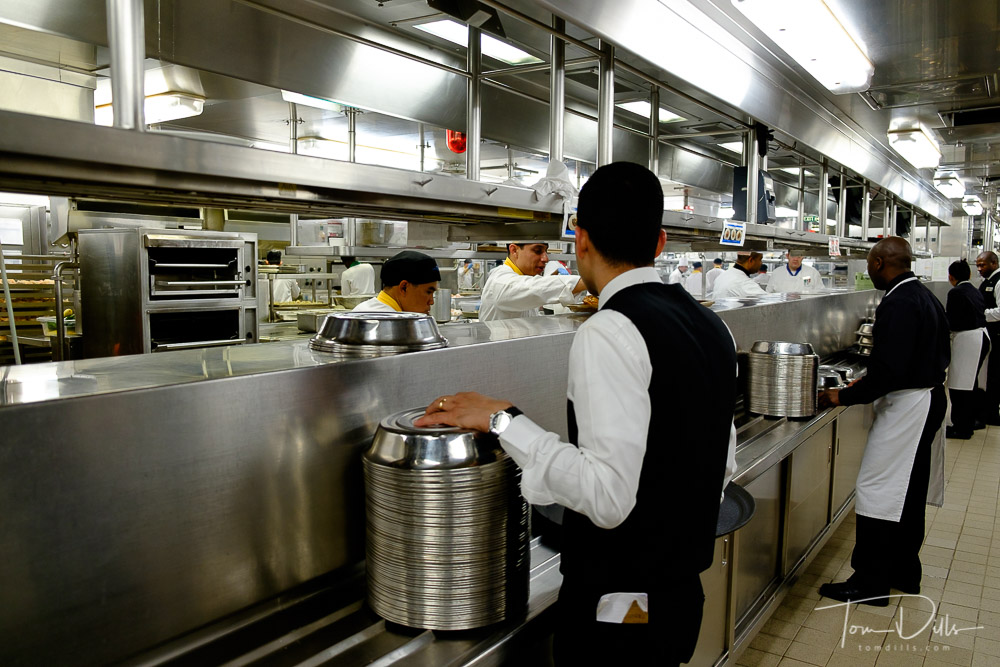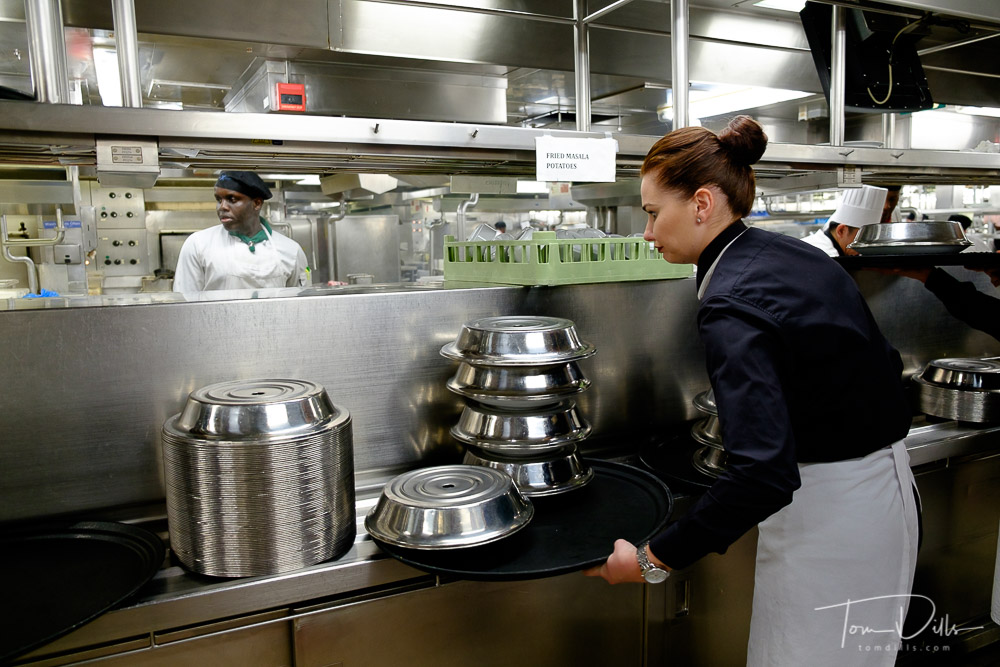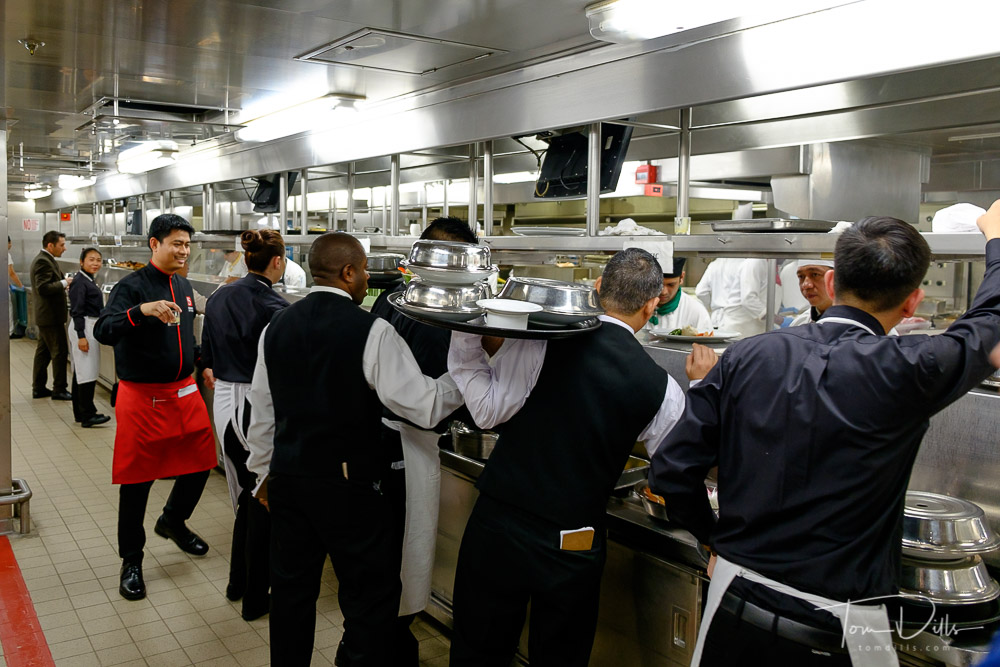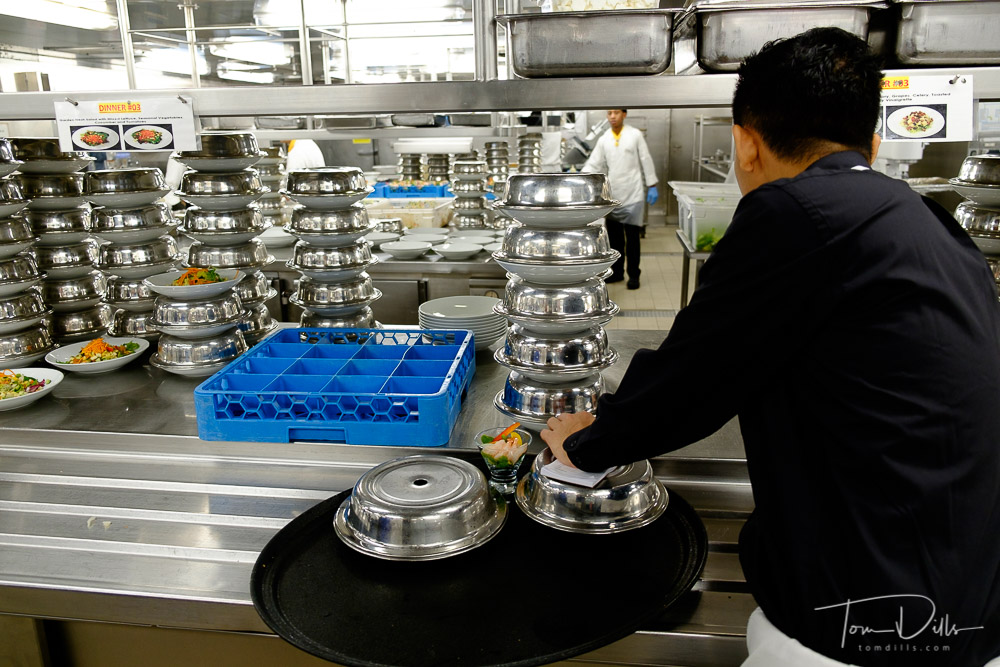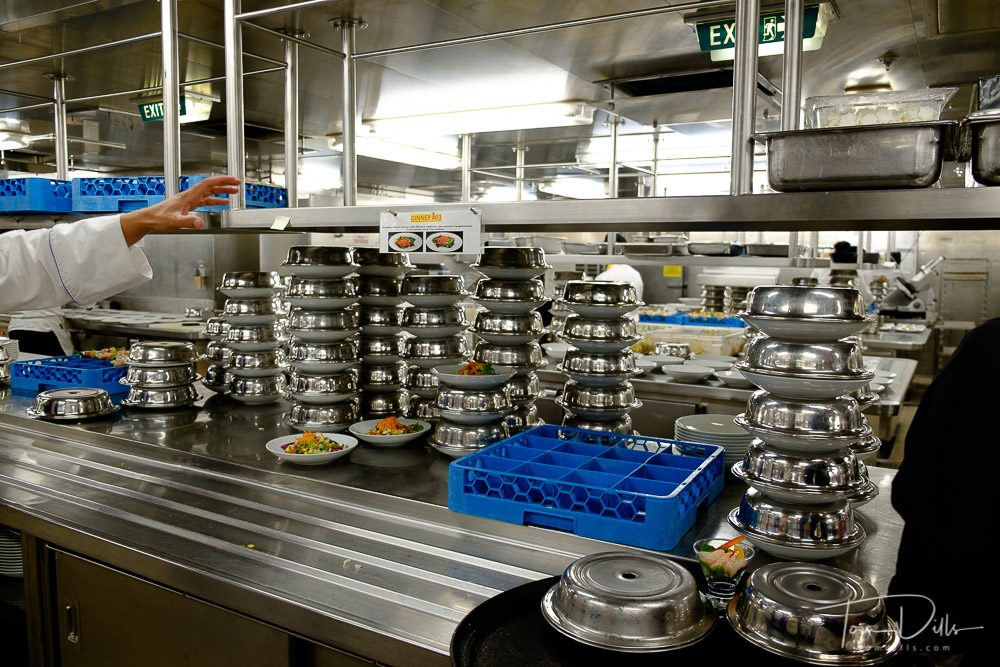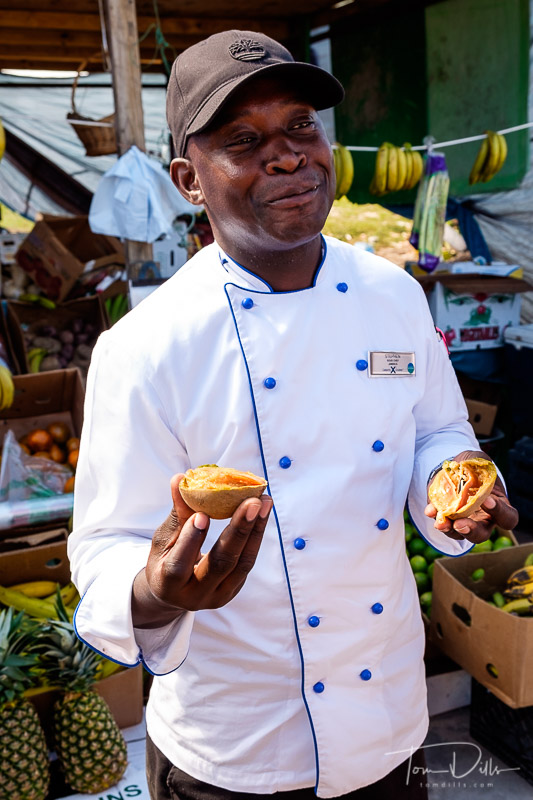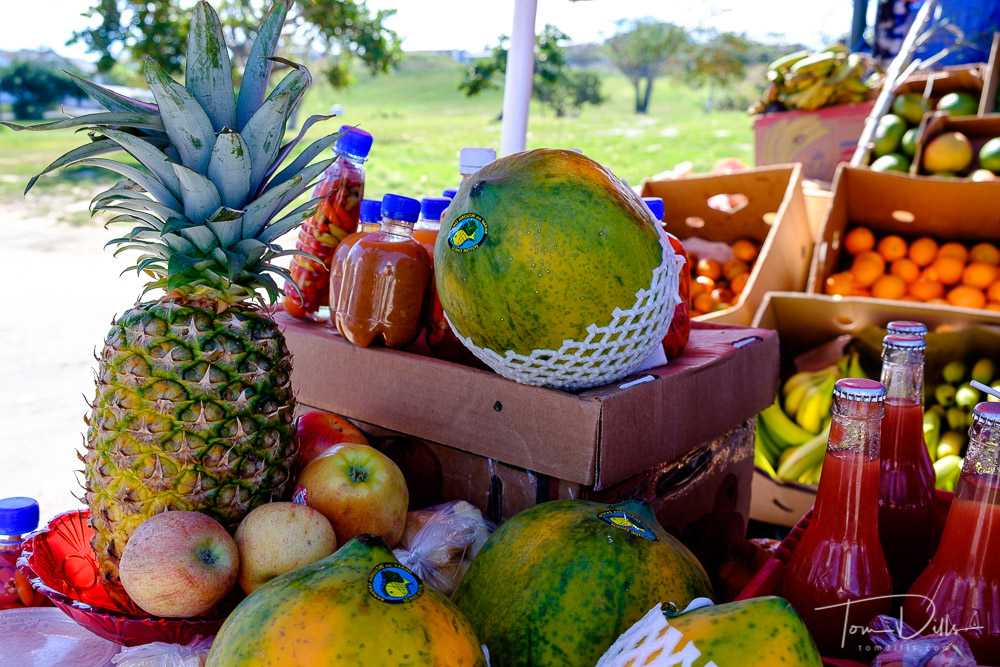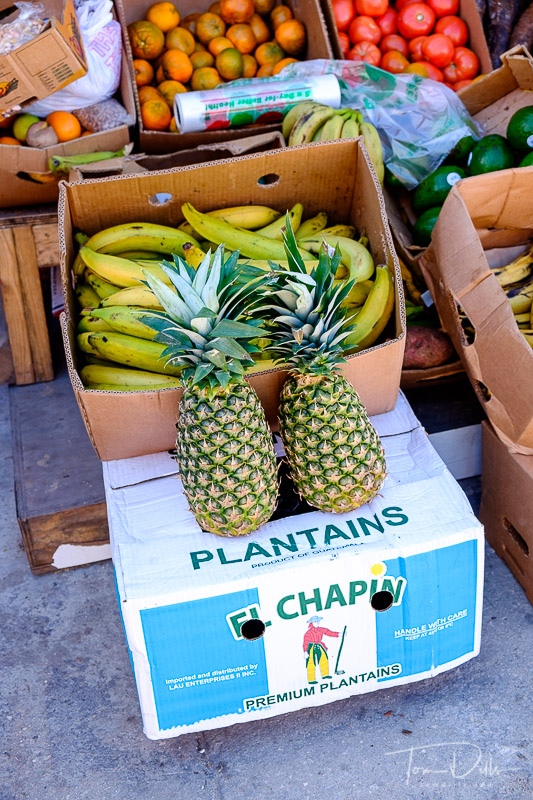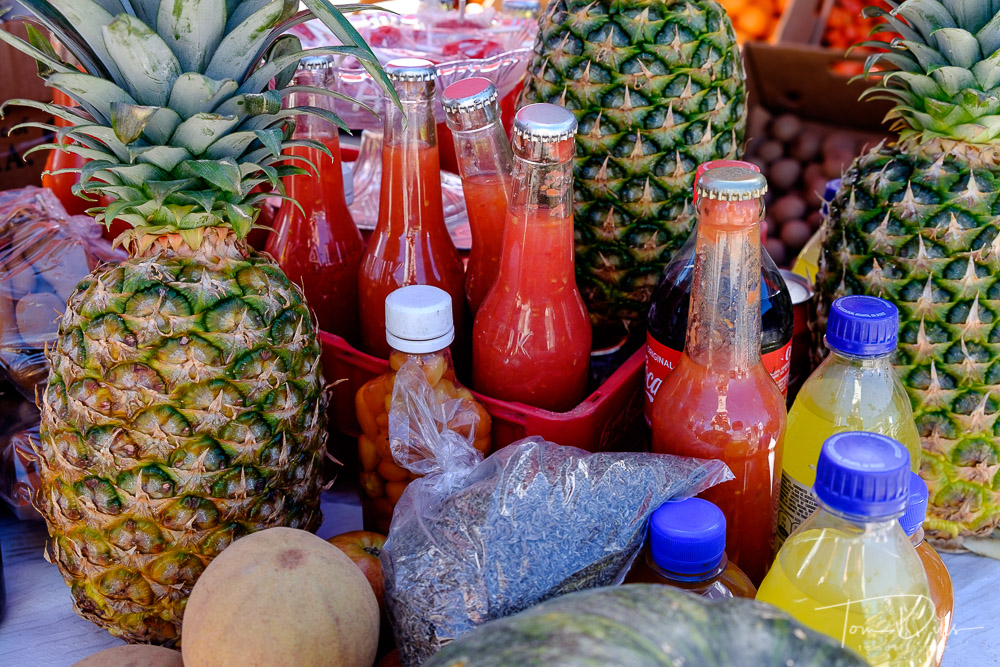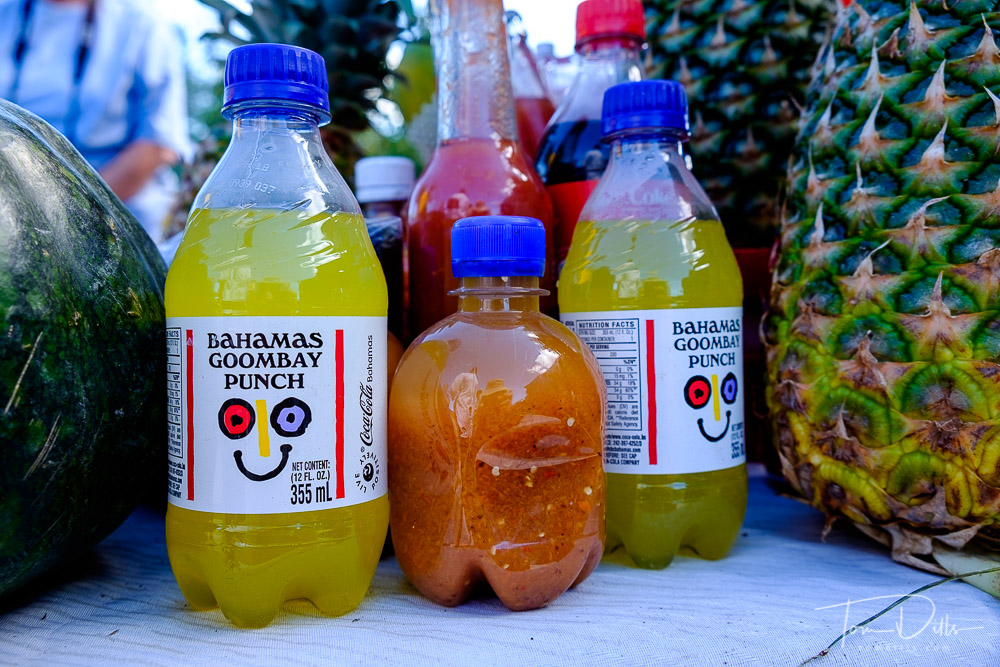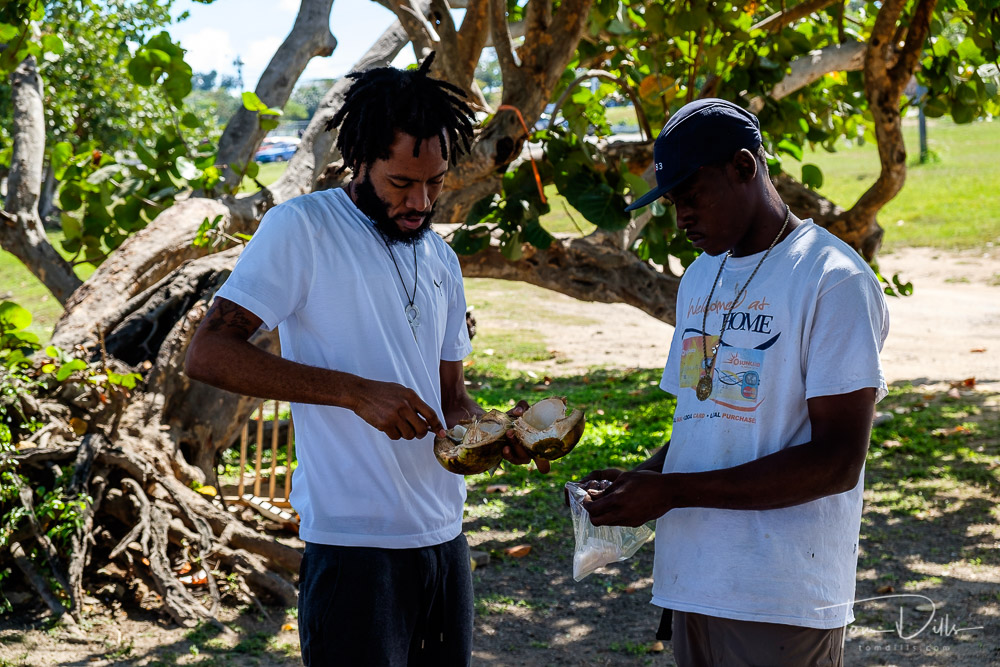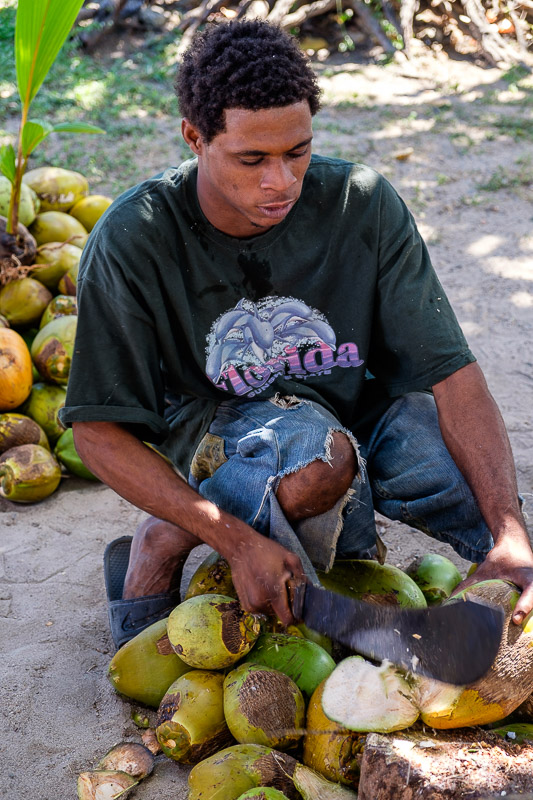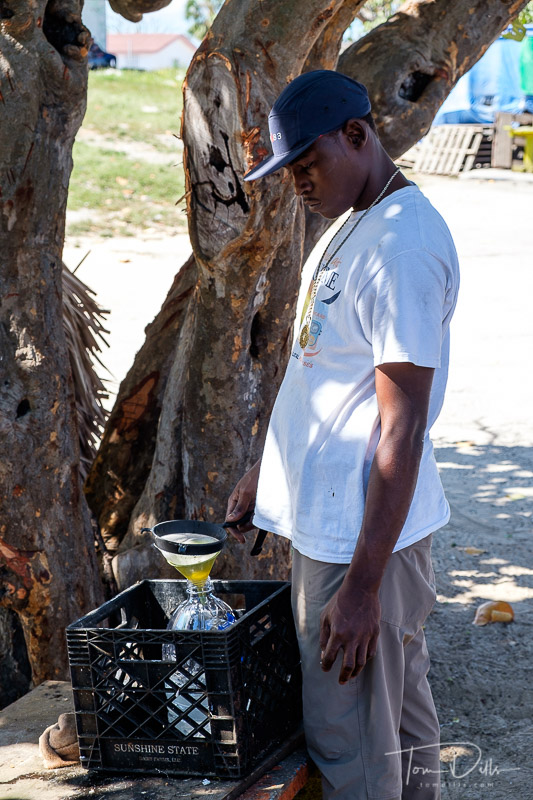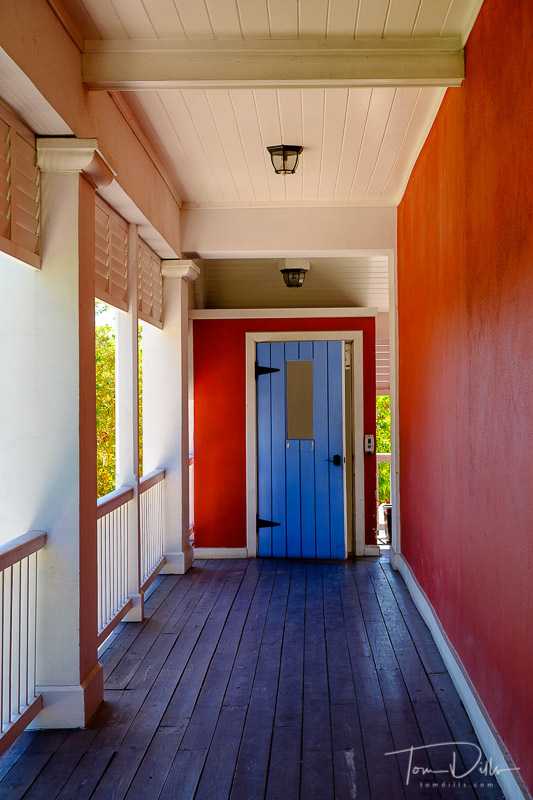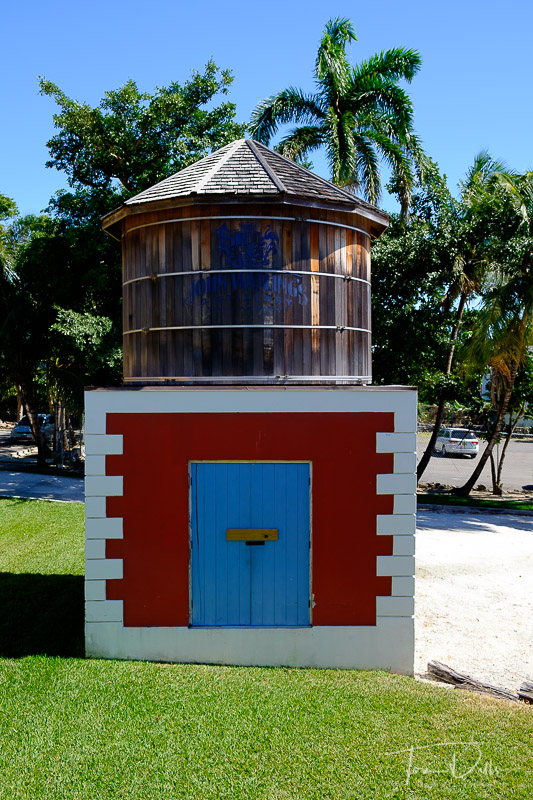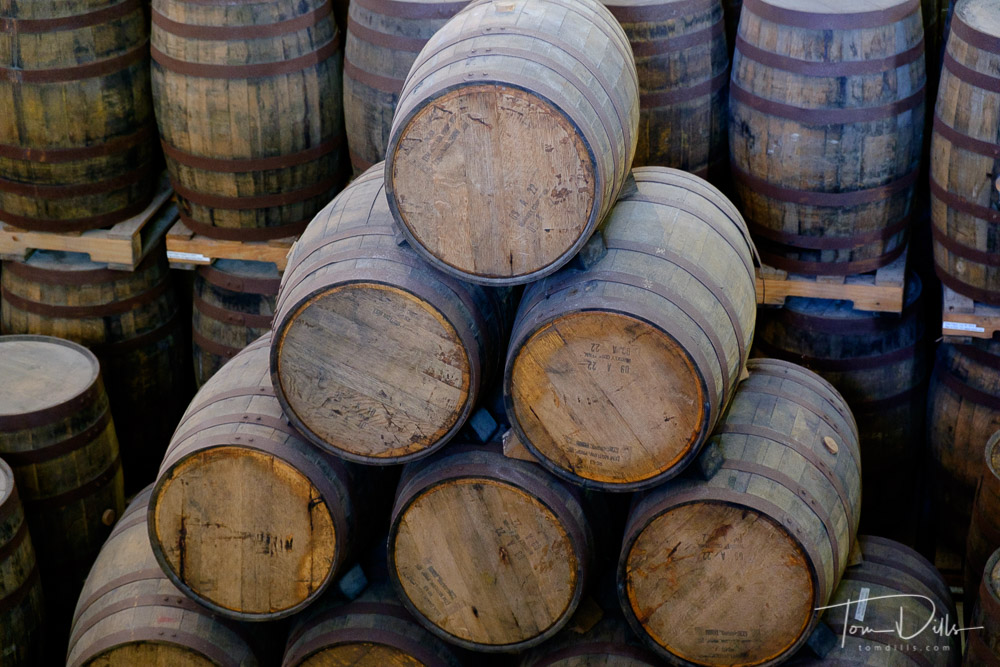
Kathy & I recently returned from a trip to Ohio to visit friends and family. One of the days that we were there, we visited Ohio’s “Amish Country” with our friends Bill & Cathy. There was an Amish area of western Pennsylvania when I was growing up, but I remember it as a place where my grandmother took her quilt tops to have quilted and to occasionally pick up a pie, some cookies or some cheese. It always involved stopping at someone’s farm or a small market and was always interesting because they seemed rather shy and didn’t socialize much. We did the business we came to do and then went on our way.

That was a long time ago, and I admit that the world has changed. But one of the things that struck me about this most recent visit to Amish Country was how commercialized it has become. While there are still genuine Amish farms, furniture builders and markets, they are almost overshadowed by these huge, I’ll call them “mega-markets” that support the throngs of tourists that visit each year. It is a far cry from the Amish country that I remember from when I was a kid.
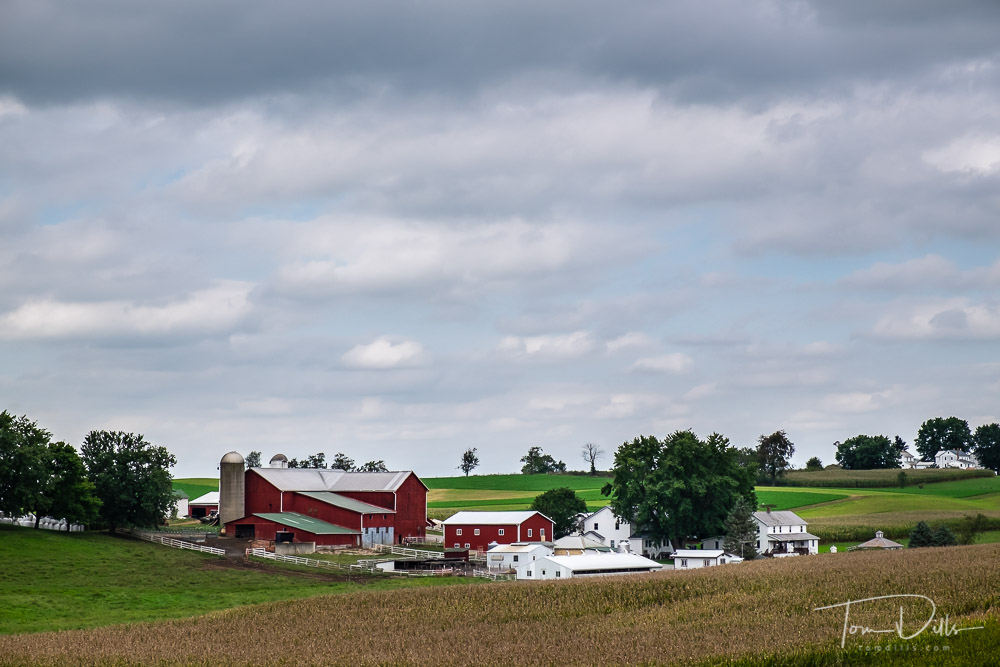
As examples, what was once a small sales area of a local cheese plant is now a huge retail outlet, larger than the actual factory itself, selling something like 100 different flavors of cheese. A place that was once a general store is now a multi-level trinket outlet with countless items to take home and store in our closets along with plenty of gifts for the kids and grandkids. Kathy refers to all that stuff as the “mommy-can-I-gets.” A restaurant called “Mrs. Yoder’s Kitchen” while possibly still owned by someone named Yoder, is essentially a huge dining hall with a kitchen and multiple buffet lines serving food that I wonder if the actual Amish would eat. Maybe I’m wrong but that was the impression I came away with. But the tourists love it!
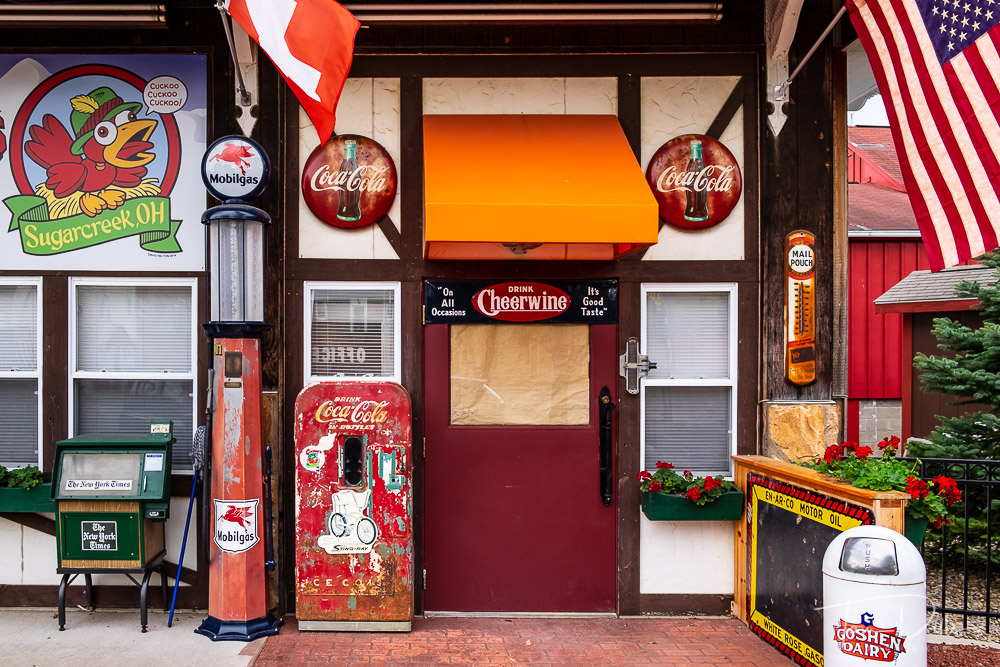
While we were in Amish Country I picked up a local tourist magazine that essentially contained advertising for all the places the tourists are supposed to visit while they are there. I was struck by the number of ads for businesses that seemed to revolve around activities that weren’t actually Amish – fancy hotels, clothing stores, restaurants, music and play theaters, souvenir shops. I couldn’t help but wonder how many of them were actually owned by the Amish and how much of the profits actually stay in the communities. It would be interesting to know if you could actually figure it out.
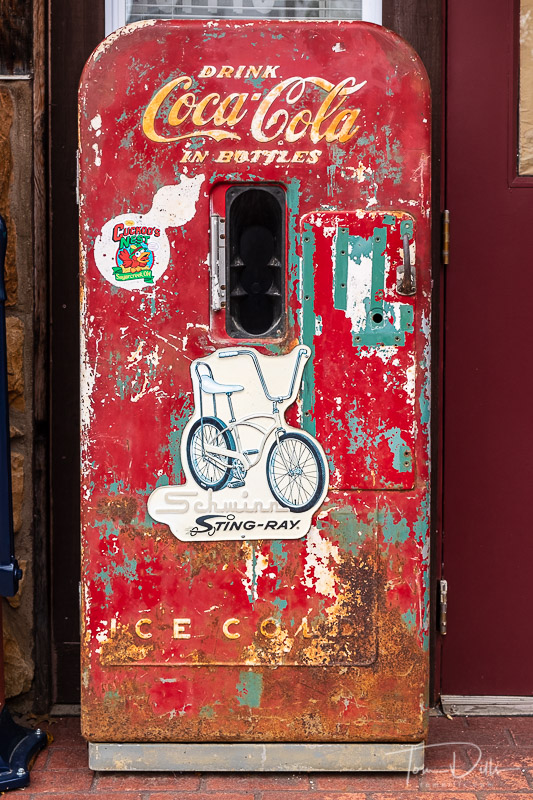
This isn’t all about the Amish or Amish Country, however, and my observations aren’t limited to one area of rural Ohio. In many ways this commercialization is a reflection of the overall focus on commerce in our society, and applies to cities big and small, islands in the Caribbean and cruise ports around the world. No longer is it enough to just enjoy the scenery on a walk down the main street in a cute little town in the middle of nowhere, but now our visit won’t be complete unless we have an opportunity to buy stuff. If you manage to even find the town itself it is almost a miracle! We’ve got antiques and gifts and fudge and restaurants galore, but too often the retail/tourism side of things has managed to erase whatever it was that caused the town to be interesting in the first place.
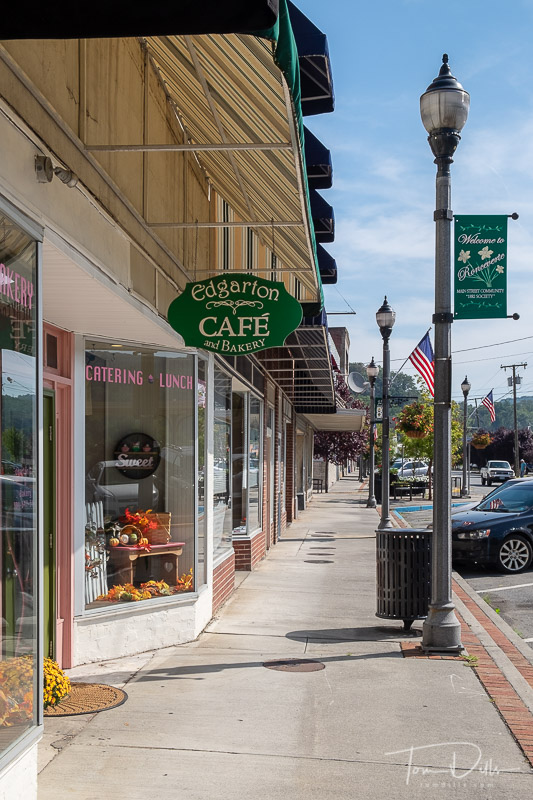
When we were in Italy, one of the highlights for us was exploring the towns of Tuscany on our photo workshop with Jeff Curto. Most of the places we visited seemed to be close to the original, and the commercialization fell way short of what we see here in the states. But a lot of the towns there, just like here, have undergone what I heard referred to as the “Rick Steves Effect.” Places that were once quaint and charming suddenly become famous and are overrun with tourists. Almost immediately these places lose what made them famous and become just another stop on the bus tour. It’s a lot like cruise ship ports – every one looks the same after a while because they all contain the same shops. But I digress….
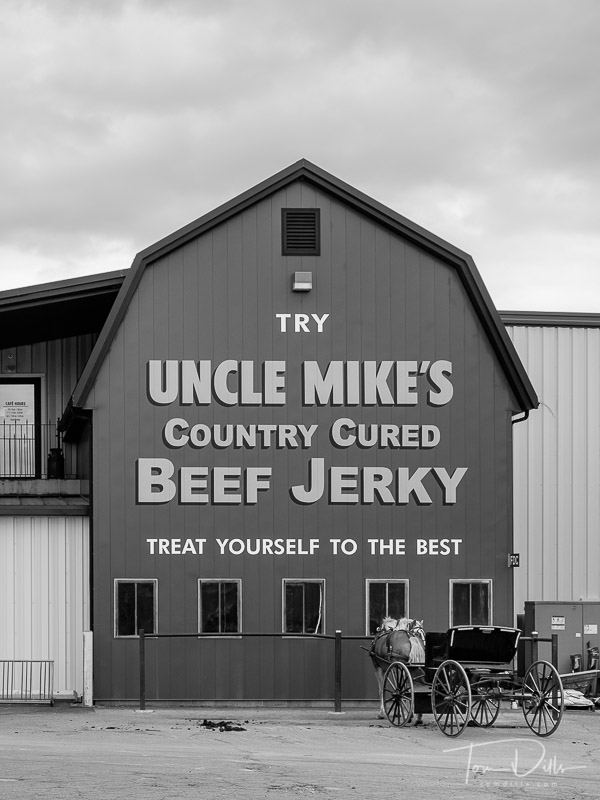
I often comment about how places have become “Disneyfied” in that what tourists see bears little or no resemblance to what the place is best known for. Multimillion-dollar developments replace straw markets and rum shacks in the Caribbean. Gift and jewelry store chains promoted by cruise lines and tour companies sell merchandise in glitzy shops. Merchandise that comes from parts of the world far removed from the place in which it is being sold. There’s obviously a market for that stuff, as these companies seem to be successful and growing. But it makes it hard to experience a place for what made it worth visiting in the first place.
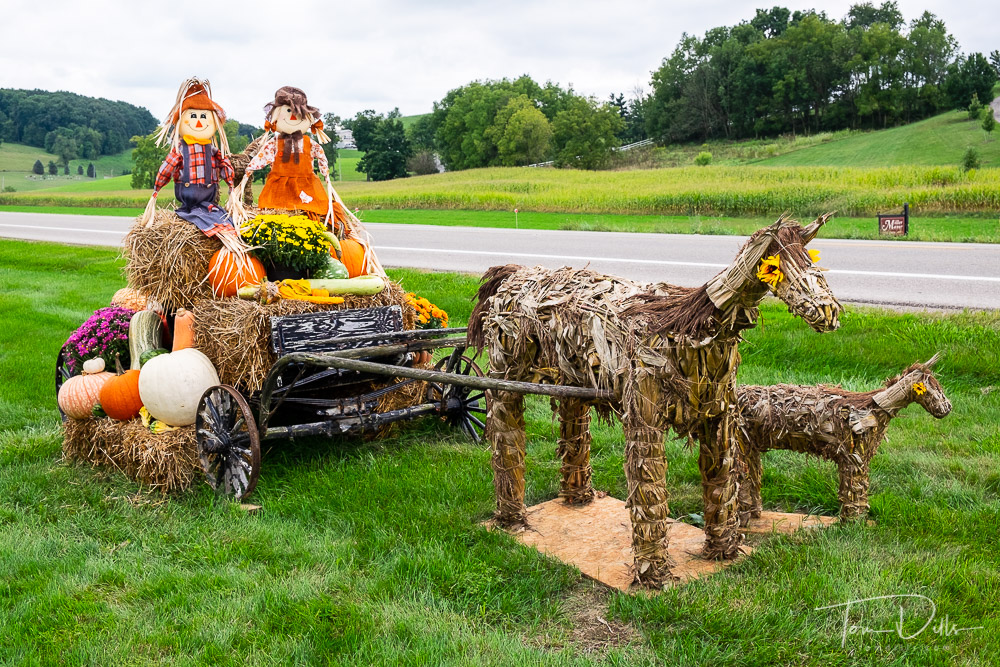
I know this may sound really negative, but that wasn’t my intention. It’s just that all of these things have gotten me to think about how I want to experience the parts of the country and the world that we visit. Do we want to check off a bunch of “must-see” tourist spots and buy the appropriate souvenirs, or do we want to seek out the undiscovered places that have as much or perhaps even more of the charm that made the famous places famous? Do we buy our souvenirs, take our selfies and move on, or do we slow down, look around and try to find the places that are just off the beaten path? It is an interesting challenge, for sure!


